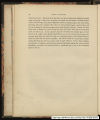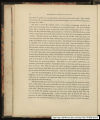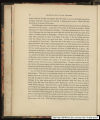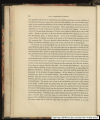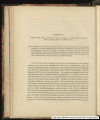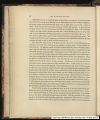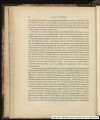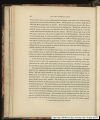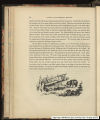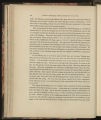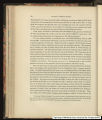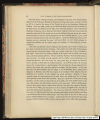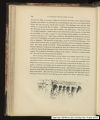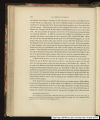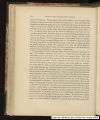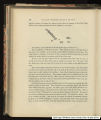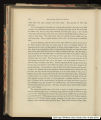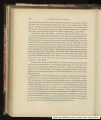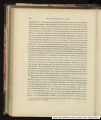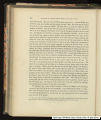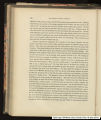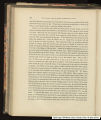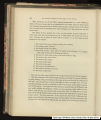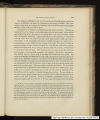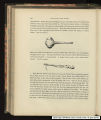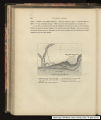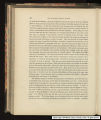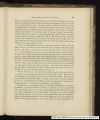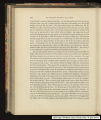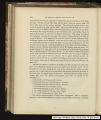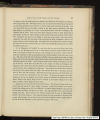| OCR Text |
Show 94 MOUNT VERNON--MOUTH OF THE WABASH--SHAWNEETOWN. hut contains likewise large troughs, in which the juice from the smaller, placed at the trees, is collected. Such a hut, with the maples growing around it, is called a sugar camp, and the quantity of sugar produced depends on the number of maples in the vicinity. Many camps furnish in one spring 300, 500, or even 1000 lbs. of sugar, which is crystalized in loaves. It is brown, but very sweet, and has no disagreeable flavour. We refreshed ourselves with the juice in the small troughs, which our horses drank greedily. The people in the isolated dwellings in the forest were partly engaged in burning the timber. Many of the small wooden houses of these peasants were without windows; glass windows are quite a luxury, and the only light enjoyed in the daytime is admitted by the open door. We saw in all these dwellings, very wide, large beds. We crossed the Big Creek, a considerable stream, with rising banks, by a wooden bridge; here we saw many piles of oak bark, which is sold to the tanneries. At noon, the weather being excessively hot, we reached Mount Vernon, on the Ohio. In this little scattered place, with about 600 inhabitants, among whom there are five medical men, about one third of the buildings are of brick; the town-hall stands in an open square. The Ohio, which we immediately visited, had now a much more striking appearance than at our first visit in the autumn. It is considerably broader than the Rhine, and it is said that it often rises thirty feet higher-up to the very thresholds of the buildings standing on the bank. The view both up and down the river was beautiful. The immediate environs of Mount Vernon consist of damp marshy forests; hence the water is very bad, and the inhabitants prefer even that of the Ohio. The temperature at noon was now very warm; 14° Reaumur. We were obliged to wait a couple of days in this little town for a steam-boat, to go down the river. The rushing noise of the steamers often called us to the river, but they were mostly going up, and disappeared at Diamond Island. At last, on the 18th of March, about ten in the morning, two steam-boats appeared, of which the largest, the Napoleon, did not stop ; while the smaller one, the Conveyance, took us in. We proceeded rapidly, reached before noon Wabash Island, near the mouth of that river, and after dinner landed at Shawneetown. Shawneetown or Shawaneetown is a hamlet lying along the banks of the river, and containing from 600 to 700 inhabitants. The best buildings are some inns, shops, and the post-office. The tribe of the Shawnee Indians formerly dwelt in this country, and were succeeded by some Dela-wares, who have been long since expelled or extirpated. Arrow-heads of flint, as well as the bones, &c, of these people, are frequently found in the neighbourhood. The Shawnees were said to have previously dwelt on the Savaney River, on the coast of Florida, and afterwards lived for about sixty-five years in the state of Ohio. They consisted, according to Dr. Morse, of four tribes:-1. The Piqua; 2. The Maguachake; 3. The Kiskopokoke, to which the celebrated prophet, Elsquataway, and his distinguished brother, Tecumseh, belonged. They were very warlike. In |

























